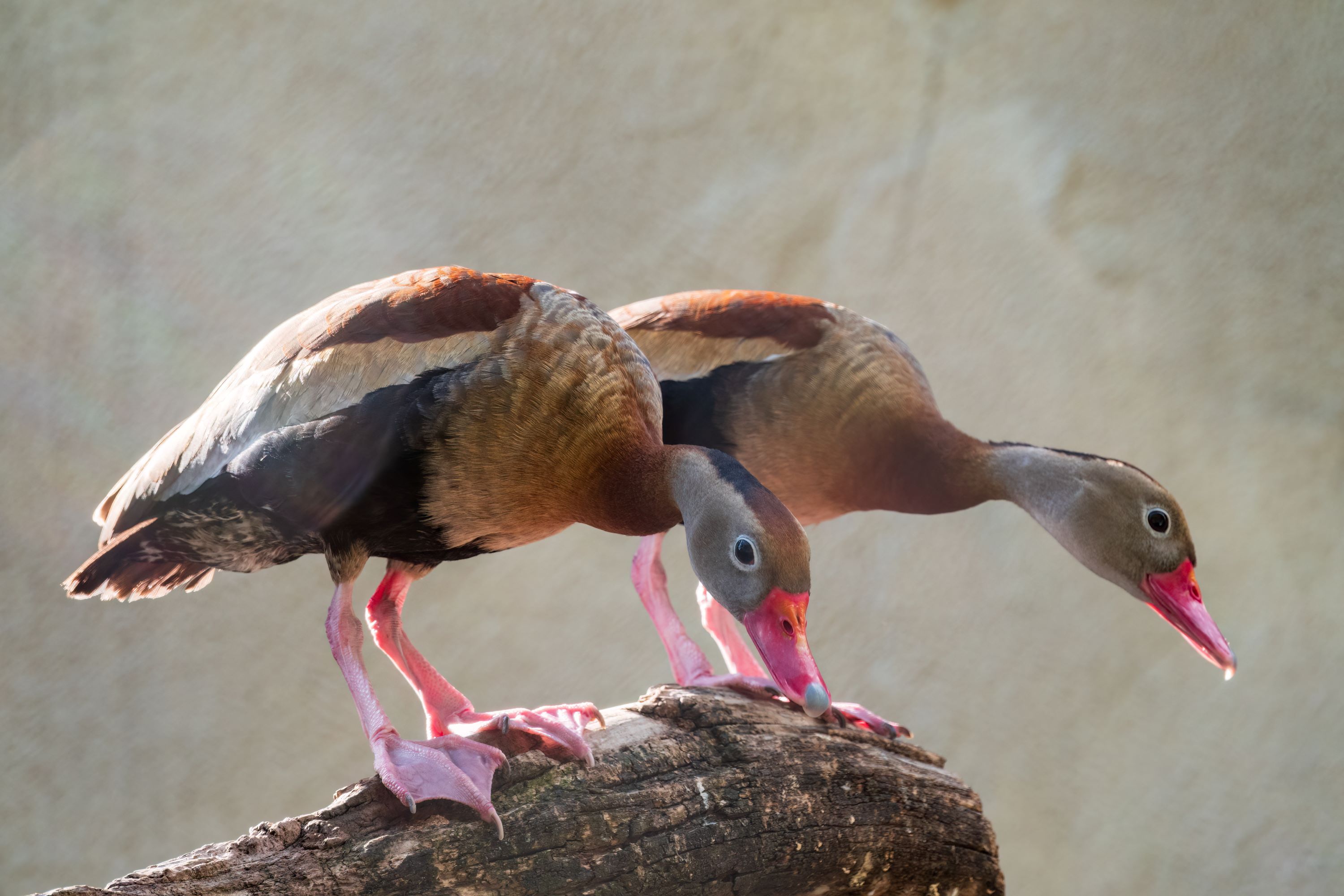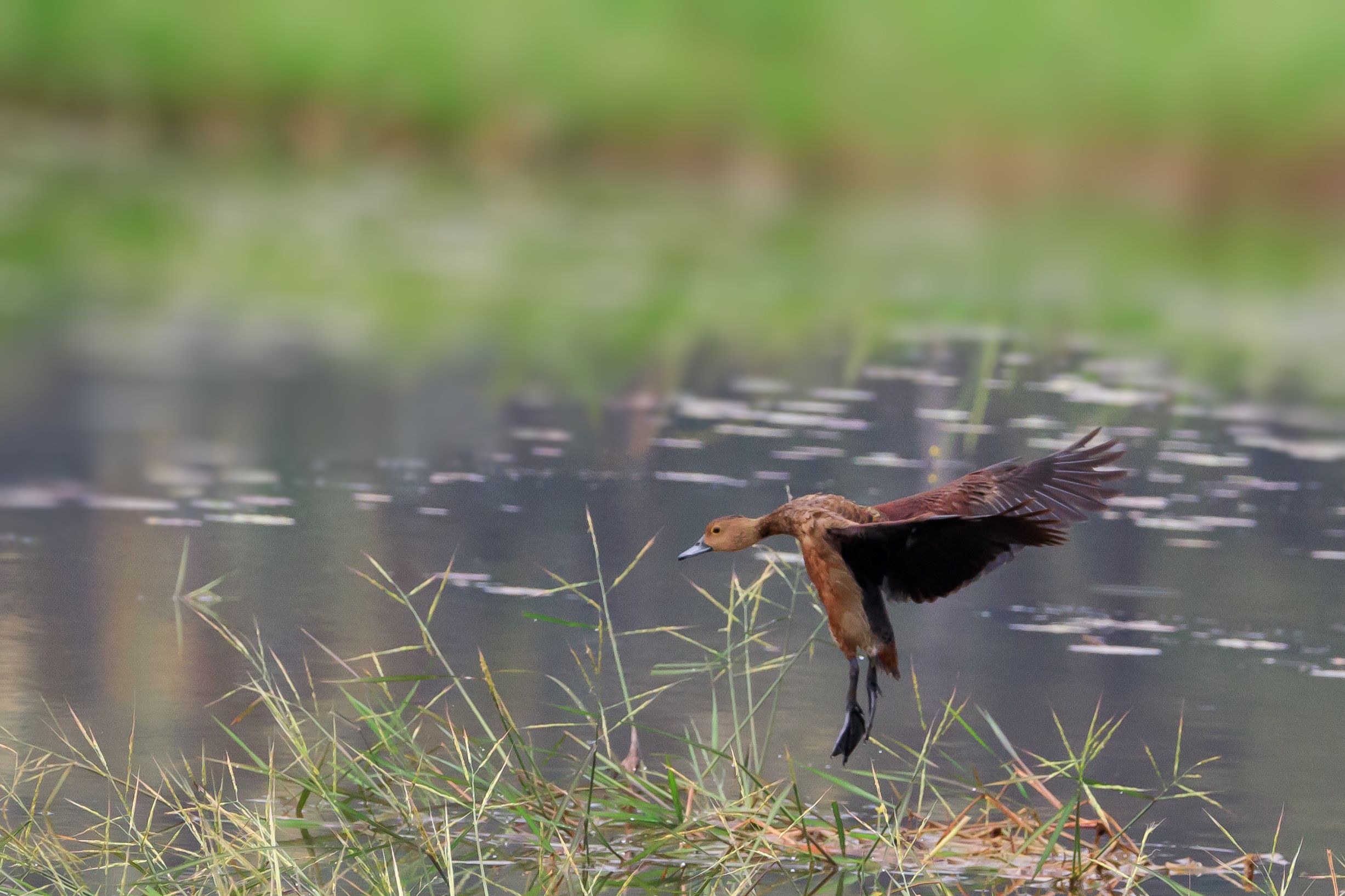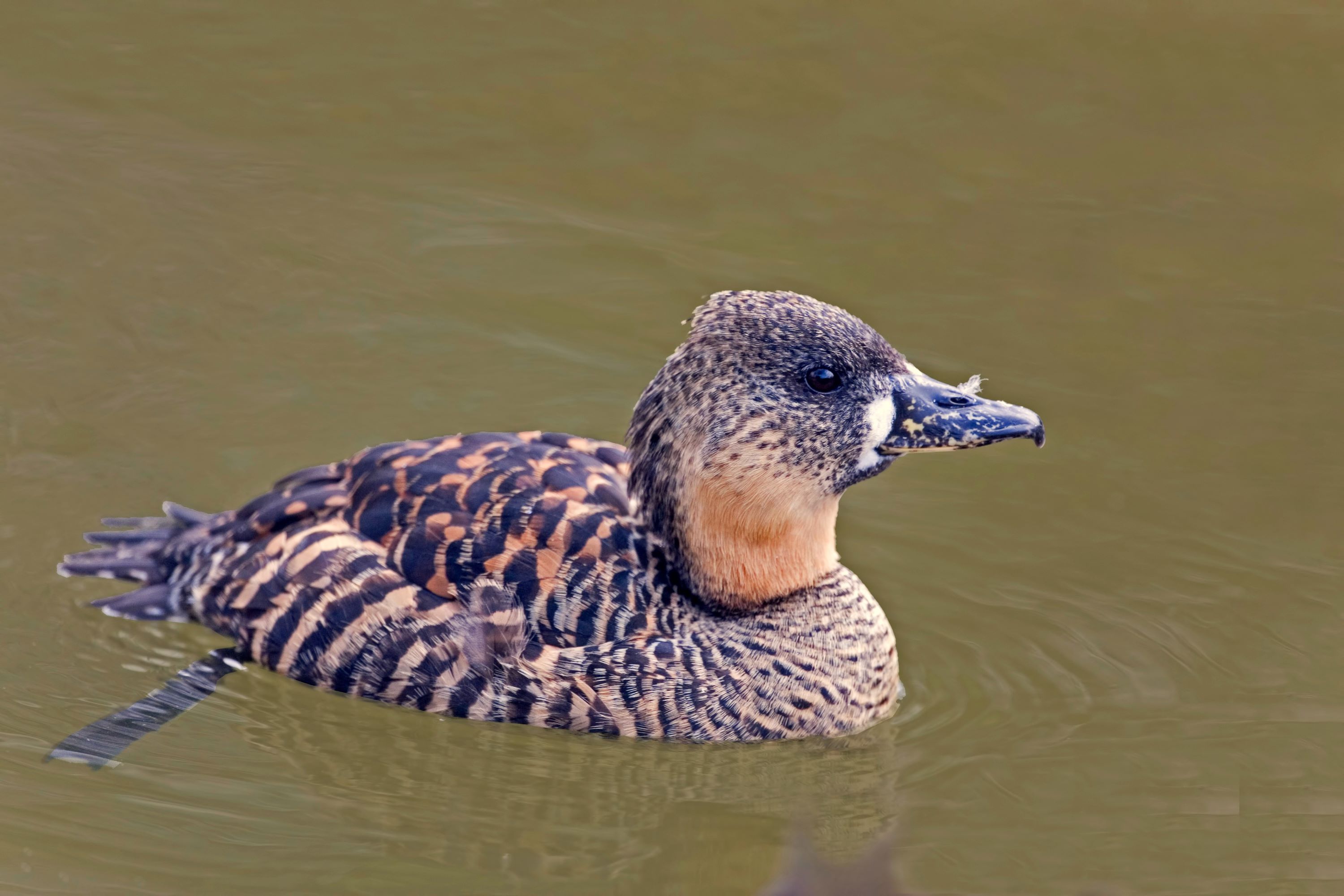
The Dendrocygninae Subfamily: An Insight into the World of Whistling Ducks
Introduction
The Dendrocygninae subfamily, known for the distinctive whistling ducks, encompasses more than just the well-known genus Dendrocygna. It also includes the genus Thalassornis, adding to the diversity and intrigue of this group within the waterfowl family Anatidae. This subfamily is characterized by unique vocalizations, elongated bodies, and sociable nature, making it a captivating subject for bird enthusiasts and naturalists alike.

The Genus Dendrocygna
Dendrocygna, the primary genus within Dendrocygninae, is home to various whistling duck species. These birds share common traits such as long necks, legs, and distinct whistling calls but also display a range of unique behaviors and adaptations across different species. Their habitats span from the tropical and subtropical regions of the Americas, Africa, Asia, to Australasia, inhabiting diverse wetland environments including marshes, swamps, and lakes. The species within Dendrocygna are known for their sociable behavior, often found in large flocks and exhibiting both diurnal and nocturnal activities.

The Genus Thalassornis
Thalassornis, although lesser-known, is an integral part of the Dendrocygninae subfamily. This genus is represented by the White-Backed Duck (Thalassornis leuconotus), a species native to Sub-Saharan Africa and Madagascar. The White-Backed Duck is distinguished by its white back and rump, visible in flight against its otherwise dark brown plumage. Preferring shallow freshwater habitats like lakes, marshes, and swamps, Thalassornis exhibits a more secretive lifestyle compared to its Dendrocygna counterparts. Its diet consists of aquatic plants, seeds, and small invertebrates, with a foraging style that involves diving and swimming underwater, a unique trait among the whistling ducks.
Conclusion
The Dendrocygninae subfamily, encompassing both Dendrocygna and Thalassornis, presents a fascinating glimpse into the diversity and adaptability of waterfowl. While they share common traits characteristic of whistling ducks, the differences in behavior, habitat preference, and foraging strategies between the two genera highlight the ecological complexity within this group. For birdwatchers and nature enthusiasts, understanding the nuances of both Dendrocygna and Thalassornis species enriches the appreciation of avian diversity and the ecological importance of their respective wetland habitats. The study of Dendrocygninae not only contributes to our knowledge of ornithology but also underscores the significance of conserving diverse waterfowl populations and their natural environments.